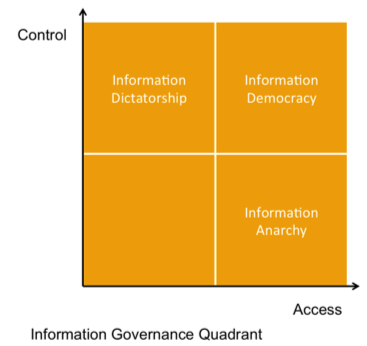Turning raw data into information that you can use in your business decision-making can be tricky. After all, business intelligence is a fairly open-ended concept that can go in a variety of directions, depending on your perspective on the market and where you want to go with it.How do you streamline the early stages of your strategy and maintain flexibility while thinking about your long-term goals? At the end of the day, it comes down to four things: people, process, technology and culture. Here’s how you can use each to streamline your BI strategy:
1. People
Do you have the right talent on board? Conduct an internal assessment of what your talent pool looks like. If not, what skillsets do you need in place for an efficient BI plan? Do you need to hire all the necessary talent? Ultimately, you want to arm yourself with “purple people.” These types of people have the right combination of “blue traits” (business acumen) and “red” traits (technological skill). The end goal of streamlining BI processes is to get the right data in the hands of the right people at the right time; automating the report creation makes it easier for purple people to accomplish this.

2. Process
Promoting data democracy (aka insight democracy) is also important. You need to make sure you find the right balance between data security and data access so the right people have the right data at the right time. If you have too much control, it becomes an information dictatorship. Too much access and it becomes information anarchy. A healthy mix of control and access that is tailored to the company’s needs will result in information democracy.
3. Technology
A typical problem in the day in the life of a BI department analyst is watching an excel spreadsheet crash because it ran out of memory. This lack of technology can seriously hamper your BI strategy timeline. To address it, perform a SWOT (strengths, weaknesses, opportunities and threats) analysis to determine what tools you’re missing. Fill the gaps with the right BI tools for data visualization (e.g. Tableau) and data analysis/blending (e.g. Alteryx). By connecting multiple data sources and harmonizing them together, it allows you to see strong ROI sooner rather than later.
4. Culture
Of course, you can have highly skilled people, the right process and the best technology, but if the culture isn’t right, you won’t get anywhere. You need a culture that’s willing to take insights and convert them to action. To get there, you’ll have to create certain incentives. Get people excited about what’s happening in the data or analytics department, share quick wins and don’t let perfection get in the way of a good analytics cycle. Whether it’s a salesperson or marketer pitching the campaign, the more you can communicate to an insightful culture, the more likely you’ll see a better, faster BI strategy implemented.
Streamlining your BI strategy doesn’t have to be as tricky as you think. It all starts with the right people, process, technology, and culture. Once you have that, you’ll be on your way to BI strategy success.
Download BI Strategy Whitepaper
Share:







